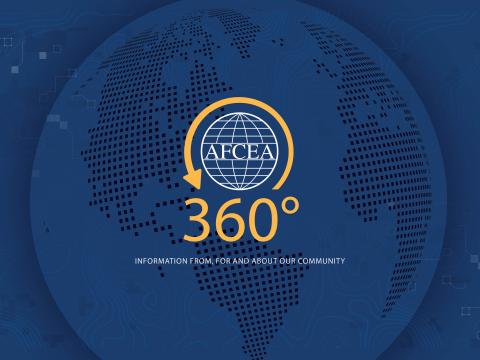The Bottom Line: STEM Is Our Future
When it comes to STEM, it is time to stop talking about the need and the gap and the possible solutions and start doing something about them. Action not only requires that more students and future teachers major in STEM fields but also that governments and the private sector put their money where their mouths are by providing financial support to these students.
It’s fall and for many this time of year means apples, pumpkins and long drives to take in the changing colors of the autumn foliage. For some parents of high school seniors, however, this time of year also means scouring Scholarships.com and Fastweb searching for answers (and applications) to the question, “If my son/daughter gets into the college of his/her choice, how will we pay for it?” Simultaneously, they are pulling together the information for the Free Application for Federal Student Aid (FAFSA) forms. (Those of us who spent hours with these forms only to be told our income indicates that we can afford to contribute $100,000 annually to our child’s college education have a different name for FAFSA, but that’s a different story.)
Equally important to this search, however, should be discussions about planned college studies. Despite the ongoing debate about whether the United States is turning out enough science, technology, engineering and mathematics (STEM) specialists—and believe it or not, there is a debate—the truth is that in our country, and the global economy in general, there can never be too many.
As our dependence on technology grows, the need for experts in these fields will continue to swell. Technology touches nearly every profession, from rocket scientist to theater lighting designer. In addition, the networked world increases the need for cyber experts who can bring security to a level much higher than it is today.
While these points are obvious, they cannot be overstated. It is time to stop talking about the need and the gap and the possible solutions and start doing something about them. Action not only requires that more students and future teachers be encouraged to major in STEM fields but also that governments and the private sector put their money where their mouths are by providing financial support to these students.
The bottom line is that despite parents’ rigorous rummaging for grants and scholarships, thousands of college students will still graduate in six-figure debt. The bottom line also is that organizations like the AFCEA Educational Foundation will not thrive unless companies, organizations and individuals contribute funds, develop internship programs and volunteer their expertise. Investments in today’s STEM education are more than a way to ensure a work force that can sustain current technology. It is the only way to ensure a future of continued innovation.




Comments